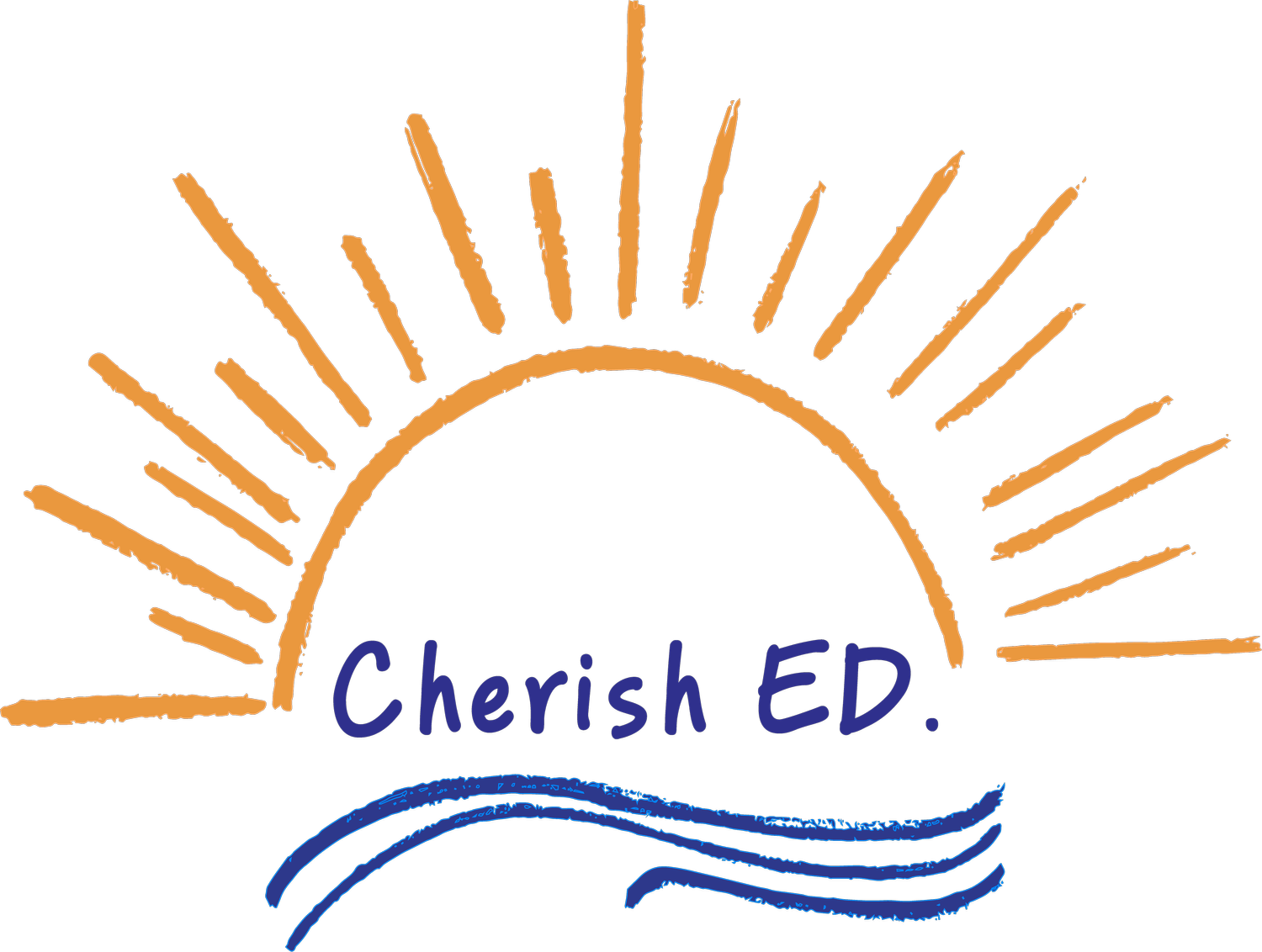
Results
Focusing on supporting EVERY CHILD in becoming a confident READER!
Our proven therapy methods are so effective, that we teach young learners how to read, and help struggling readers quickly catch up to grade level--often in just 8-10 weeks. Over the years, we have had many frustrated parents tell us about the reading struggles they were having with their children. The most difficult visit with parents is probably, the one where the parents are informed their child is behind in reading. Most teacher prep programs teach the balanced literacy approach to reading instruction. While this approach does work for some, it does not work for all students.
Most teacher prep programs teach Balanced Literacy, however, the science is clear that when we use Structured Literacy, this works for 95% of our students. The Science of Reading is much more than "just" phonics. TRUE, while phonics and spelling are both windows into our children's learning, they help show us what they know and still need to learn, foundational skills are just as important. Foundational skills, when accompanied by phonics and phonological awareness, help to support FLUENCY, VOCABULARY& COMPREHENSION. These three elements are critically important to developing strong readers. When these three are delivered at the right time, with the proper amount of instruction and practice, CHILDREN WILL THRIVE!
English has over 170,000 words, and kids need to know around 3,000 words to read 95% of the text. There are only 44 phonemes (sounds) in the English language that we teach children to help them read and decode most words.
Decades of scientific studies have proven that phonics and phonemic awareness training not only improves, reading but also increases spelling abilities and reading comprehension.
Our therapy lessons are quick-paced, interactive, and engaging and only take about an hour each day.
The proven process we use in our lessons to teach children to become READERS is the authentic combination of systematic phonics, phonemic awareness, multisensory instruction, explicit instruction, and practice practice practice.
